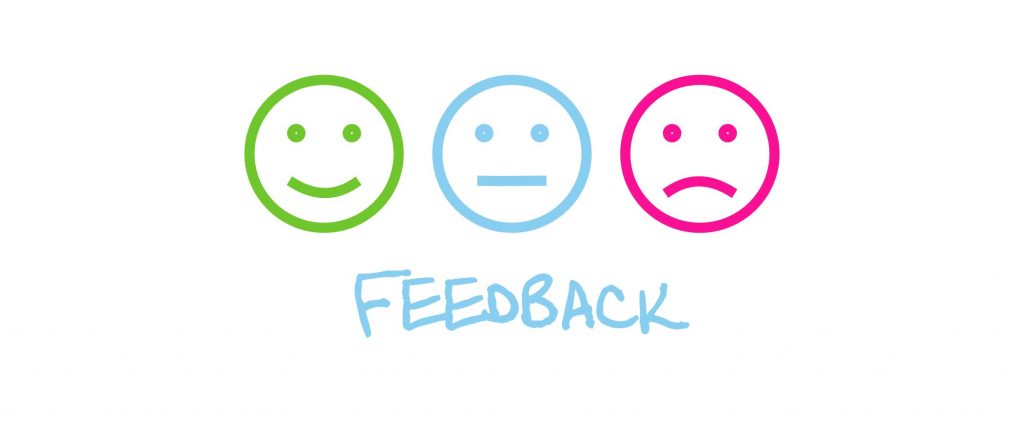For my final blog post concerning the course readings, I have chosen to discuss two shorter articles. I hope these can help me identify the minuscule touches that will complete my website. Additionally, I want to recognize the importance of digital history, including the websites my classmates and I have created in this course.
In the article titled “Why don’t archivists digitize everything?,” Samantha Thompson gives some reasons why all collections are not available on the internet. For the most part, it seems that many texts are not digitized due to a lack of resources: time, money, large size scanners, digital file maintenance, etc. Thompson is clearly bias, being an archivist defending her position. The majority of the reasons she mentions are funding related, and are not necessarily adequate excuses of why we should not make a piece of information available.
Thompson did offer one valid reason why some documents are not worth digitizing; holding an object or paper document in your hands is an experience in itself, and cannot be replaced by a digital copy. While this is a good point, most average people will not travel to seek out an artifact, so I would contest experiencing only part of a record is better than nothing. One thing I have learned throughout this course, is that viewers are usually willing to read what is in front of them. By creating our project websites about one specific case of censorship, people have access to organized information without having to leave their couch. For most, convenience is key.
In the article titled “Best Practices for Writing History on the Web,” Sean Kheraj offers some valuable tips on web design. While reading this article, I simultaneously reviewed my own website to make sure I took advantage of all the advice he has to offer.
First, Kheraj recommends writing in an accessible manner. In order to accomplish this, I tried to keep my pages short and sweet, and provide answers to questions before the reader has the chance to ask them. For example, I included a paragraph on the definition of dust on the book summary page. Hyperlinks were also suggested, which I incorporate throughout the website, but especially on “The Media” page. This way readers have the option to read more about censorship of The Golden Compass, but are not overwhelmed while scrolling. Third, Kheraj places emphasis on visual history. Although we had a limited set of pictures from the movie, Jacob and I tried to incorporate various interactive diagrams such as the TimelineJS and StorymapJS. Lastly, he mentions adding audio and visual elements into the website. This is one area where I feel my website is a little lacking. Since both interviews occurred via email, there were no clips to upload. However, I did put the movie music on the homepage, just to add another interactive element. Perhaps I will consider adding a short movie clip to the summary page.

Overall, I think my website would live up to Kheraj’s standards. Most importantly, I hope my website answers the viewer’s questions censorship. As the course wraps up, I am eager to hear feedback from my professors and classmates.
Sources Cited:
Thompson, Samantha. “Why don’t archivists digitize everything?” Peel Art Gallery Museum and Archives, 31 May 2017. Web. 14 April. 2019.
Kheraj, Sean. “Best Practices for Writing History on the Web.” Active History, 16 October 2014. Web. 14 April. 2019.